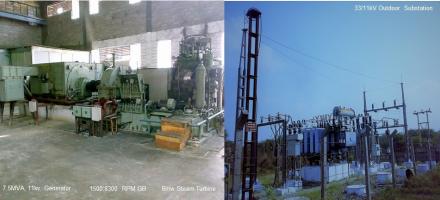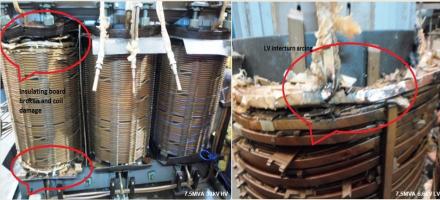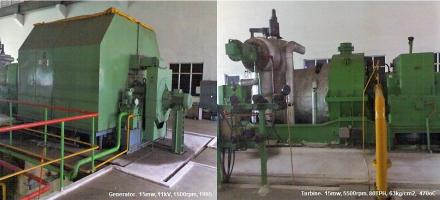Protection Relay tripping due to harmonic distortion
Protection Relay
Cogeneration power plants are increasingly facing operation disruption. Its protection relay trips on grid's electrical fault or with voltage fluctuation. A 6MW, 11kV steam power plant had reported frequent nuisance tripping with its protection relay system. The problem appeared after it had replaced the legacy steam powered mill drive with DC thyristor drive in sugar mills and variable frequency IGBT drives (VFD drive) in process and boiler auxiliary loads in 2010. This was done to achieve higher energy efficiency.






















